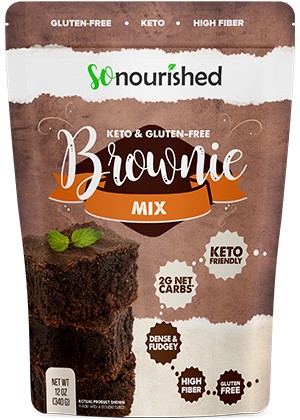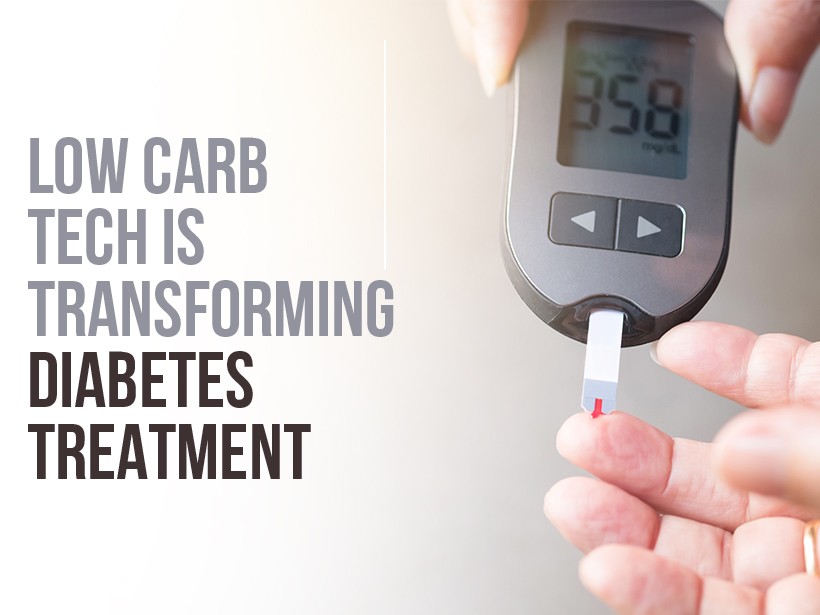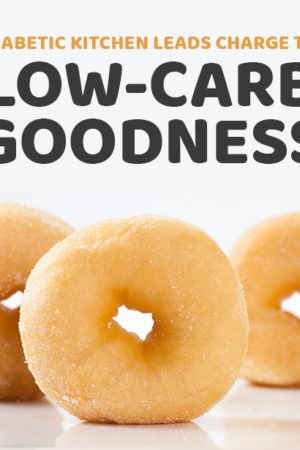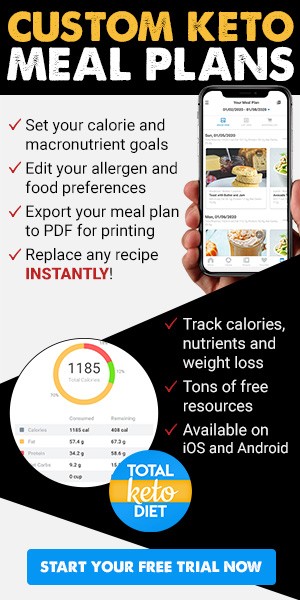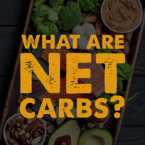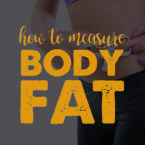When data, technology, and artificial intelligence come together to produce behavioral change, good things can happen. This, at least, is the theory behind the Low Carb program. This program seeks to bring the best possible data and technology to help people who struggle with health issues. Designed specifically for those with Type 2 diabetes, prediabetes, and obesity, the program uses technology to help these people change their behaviors for good.1
Fighting Type 2 diabetes with a low-carb diet
To begin, you first need to understand what makes a low-carb diet effective in treating Type 2 diabetes. According to the National Institute of Diabetes and Digestive and Kidney Diseases, “Type 2 diabetes usually begins with insulin resistance, a condition in which muscle, liver, and fat cells do not use insulin well.”2 As a result, your body begins cranking out more and more insulin. If the resistance continues to build, eventually, your body can’t produce enough insulin to allow glucose to enter the cells. At that point, blood glucose levels begin to rise because insulin has been rendered ineffective.
Some researchers have advocated that those who are facing the prospect of Type 2 Diabetes ought to do more than cut calories and exercise (although they certainly support those two things as well). In fact, one recent approach to Type 2 diabetes is to consider the glycemic load that a particular food item might carry.3 Foods with higher glycemic loads (think French fries and soda) have a severe, immediate impact on blood sugar. Thus, doctors and researchers have begun recommending a low-carb or keto diet to regulate blood sugar levels. Tackling Type 2 diabetes is more nuanced than merely saying “lose weight”; instead, research shows that the approach to weight loss could be an important factor in fighting this disease.
Low Carb Program: bringing technology to bear on a serious problem
The Low Carb program is using all of our modern tools to tackle this disease. The program is “a digital, evidence-based, behavior change platform that empowers patients with goal-focused education, support, and resources to realize their health goals.”4 Of particular note is that the program is evidence- and data-based. In fact, the program is backed by a multi-year study with a thousand participants conducted in conjunction with the University of Michigan. The program’s first-year results are staggering: reduced blood sugar levels, 40 percent reduction in those who take prescription medication, and 26 percent in remission. The program strives to help participants make lasting behavioral change, and one of the most striking results is the fact that 71 percent of participants have remained in the program.
The Low Carb program connects smartphone apps, wearable devices, and artificial intelligence to give a one-stop shop to help diabetics monitor their health and make appropriate responses. With this program, participants find a supportive community to help them achieve good health. Personalized care, health tracking, and education produce the ultimate in low-carb treatment for Type 2 diabetes.
NUTRITIONAL DISCLAIMER
The content on this website should not be taken as medical advice and you should ALWAYS consult with your doctor before starting any diet or exercise program. We provide nutritional data for our recipes as a courtesy to our readers. We use Total Keto Diet app software to calculate the nutrition and we remove fiber and sugar alcohols, like erythritol, from the total carbohydrate count to get to the net carb count, as they do not affect your blood glucose levels. You should independently calculate nutritional information on your own and not rely on our data. The website or content herein is not intended to cure, prevent, diagnose or treat any disease. This website shall not be liable for adverse reactions or any other outcome resulting from the use of recipes or recommendations on the Website or actions you take as a result. Any action you take is strictly at your own risk.
- Keto Might Give Navy SEALs an Advantage - July 18, 2019
- The Primary Roles of Fat in Our Diets - July 8, 2019
- Low Carb Tech is Transforming Diabetes Treatment - June 21, 2019







